How Much It Costs To Live in Every Blue State in the US

We may be called the United States, but it is still a nation that is tensely and deeply divided. Roughly half the nation is “blue,” where the majority of voters are Democrats; roughly half the nation is “red,” where the majority of voters are Republicans. And then there are a handful of “swing states” or “purple states,” which can go either way during elections, often without much warning, leaving pollsters stumped.
Over the past few years, we’ve been seeing more and more blue-state folks relocating to red states such as Texas. And it makes sense from a financial perspective. The cost of living in red states is often notably cheaper than the cost of living in blue states, and now that so many of us can work remotely, there’s less pressure to live in a pricey blue metropolis. But there are still plenty of people living in California, Massachusetts, Washington and other famously blue states.
If you’re thinking about relocating to a blue state, you’re likely curious about how much it costs to live there.
Check Out: Here’s the Income Needed To Be in the Top 1% in All 50 States
Try This: How To Get Rich in Real Estate Starting With Just $1,000
GOBankingRates sourced U.S. News & World Report to find the most up-to-date list of blue states. Then, we used data from RentCafe (with the exception of Hawaii, New Hampshire, Nevada, Rhode Island and Vermont, for which we used data from Payscale) to find the average cost of living (including housing, utility costs, food costs, healthcare costs, transportation costs and costs of goods and services) compared to the national average, in blue states. Note, data on the cost of living in Maine was not readily available at the time of reporting.
Below are all of the blue states, listed in alphabetical order. Let’s explore how much it costs to live in each, based on various factors.
Also, here’s the cost of living in every state.
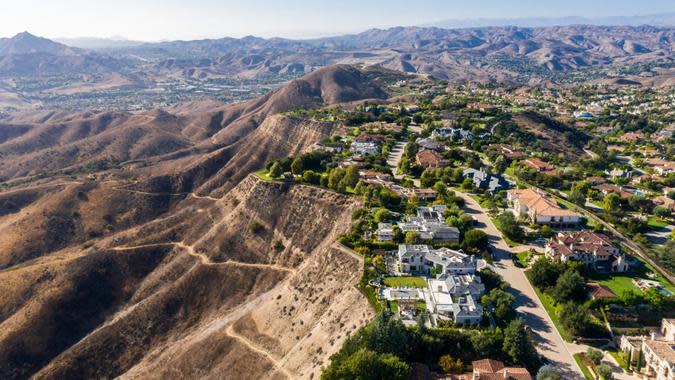
California
Cost of living compared to national average: 38% higher
Cost of housing compared to national average: 97% higher
Cost of utilities compared to national average: 22% higher
Cost of food compared to national average: 15% higher
Cost of healthcare compared to national average: 8% higher
Cost of transportation compared to national average: 28% higher
Cost of goods and services compared to national average: 10% higher
Learn More: How I Went From Middle Class to Upper Middle Class
Be Aware: States Whose Economies Are Failing vs. States Whose Economies Are Thriving
Earning passive income doesn't need to be difficult. You can start this week.
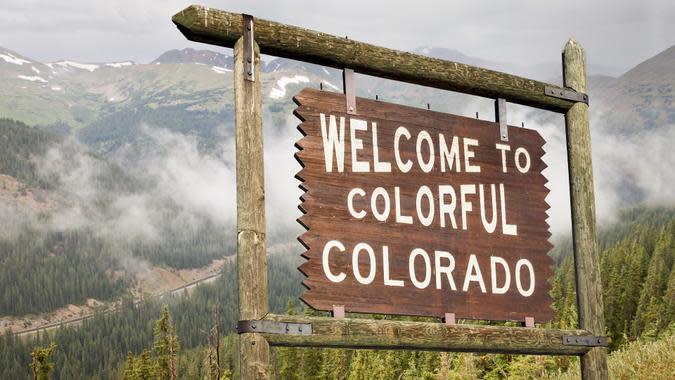
Colorado
Cost of living compared to national average: 6% higher
Cost of housing compared to national average: 20% higher
Cost of utilities compared to national average: 9% lower
Cost of food compared to national average: 4% higher
Cost of healthcare compared to national average: 1% higher
Cost of transportation compared to national average: 1% lower
Cost of goods and services compared to national average: 3% higher
Find Out: Here’s the Living Wage a Single Person Needs To Live Comfortably in Arizona
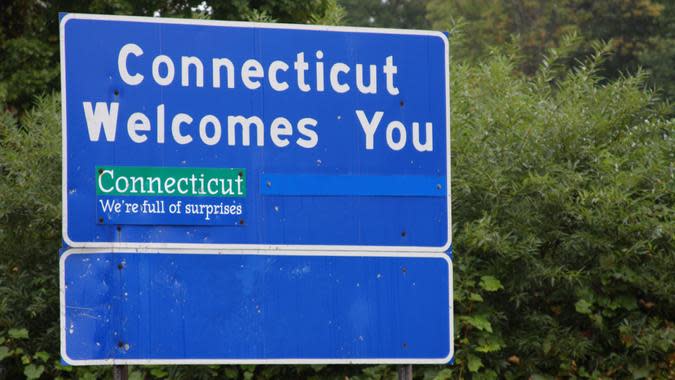
Connecticut
Cost of living compared to national average: 11% higher
Cost of housing compared to national average: 24% higher
Cost of utilities compared to national average: 30% higher
Cost of food compared to national average: 2% higher
Cost of healthcare compared to national average: 9% higher
Cost of transportation compared to national average: 1% higher
Cost of goods and services compared to national average: 9% higher

Delaware
Cost of living compared to national average: 1% higher
Cost of housing compared to national average: 2% lower
Cost of utilities compared to national average: 3% lower
Cost of food compared to national average: 2% higher
Cost of healthcare compared to national average: 3% higher
Cost of transportation compared to national average: 2% higher
Cost of goods and services compared to national average: 4% higher

Hawaii (Specifically Honolulu)
Cost of living compared to national average: 84% higher
Cost of housing compared to national average: 214% higher
Cost of utilities compared to national average: 42% higher
Cost of food compared to national average: 50% higher
Cost of healthcare compared to national average: N/A
Cost of transportation compared to national average: N/A
Cost of goods and services compared to national average: N/A
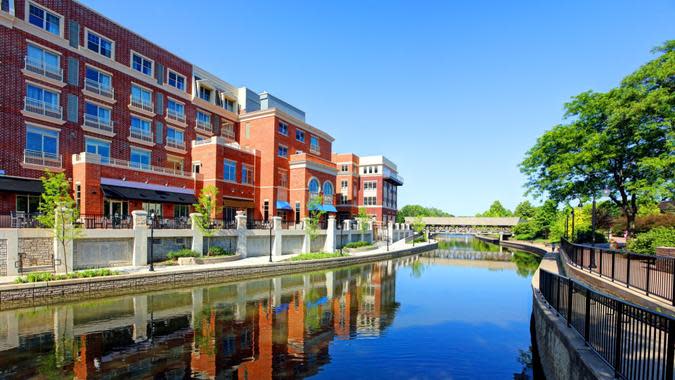
Illinois
Cost of housing compared to national average: 22% lower
Cost of utilities compared to national average: 10% lower
Cost of food compared to national average: 2% lower
Cost of healthcare compared to national average: 6% lower
Cost of transportation compared to national average: 3% higher
Cost of goods and services compared to national average: 4% lower

Maine
Cost of living compared to national average: 10% higher
Other information currently not admitted.
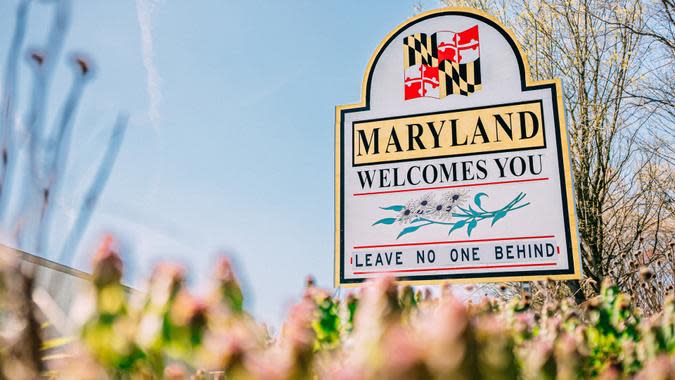
Maryland
Cost of living compared to national average: 16% higher
Cost of housing compared to national average: 45% higher
Cost of utilities compared to national average: 10% higher
Cost of food compared to national average: 9% higher
Cost of healthcare compared to national average: 5% lower
Cost of transportation compared to national average: 1% lower
Cost of goods and services compared to national average: 6% higher
Trending Now: Here’s How Much the Definition of Middle Class Has Changed in Every State

Massachusetts
Cost of living compared to national average: 48% higher
Cost of housing compared to national average: 112% higher
Cost of utilities compared to national average: 16% higher
Cost of food compared to national average: 4% higher
Cost of healthcare compared to national average: 29% higher
Cost of transportation compared to national average: 25% higher
Cost of goods and services compared to national average: 31% higher

Minnesota
Cost of living compared to national average: 5% lower
Cost of housing compared to national average: 15% lower
Cost of utilities compared to national average: 5% lower
Cost of food compared to national average: 1% lower
Cost of healthcare compared to national average: 8% higher
Cost of transportation compared to national average: 2% lower
Cost of goods and services compared to national average: 0% (on par)
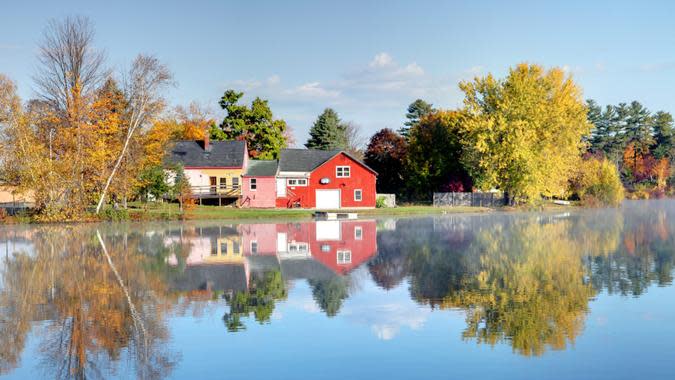
New Hampshire
Cost of living compared to national average: 4% higher
Cost of housing compared to national average: 22% lower
Cost of utilities compared to national average: 15% higher
Cost of food compared to national average: 5% higher
Cost of healthcare compared to national average: N/A
Cost of transportation compared to national average: N/A
Cost of goods and services compared to national average: N/A

New Mexico
Cost of living compared to national average: 5% lower
Cost of housing compared to national average: 8% lower
Cost of utilities compared to national average: 9% lower
Cost of food compared to national average: 4% lower
Cost of healthcare compared to national average: 2% lower
Cost of transportation compared to national average: 3% lower
Cost of goods and services compared to national average: 2% lower

New York
Cost of living compared to national average: 27% higher
Cost of housing compared to national average: 80% higher
Cost of utilities compared to national average: 4% higher
Cost of food compared to national average: 3% higher
Cost of healthcare compared to national average: 7% higher
Cost of transportation compared to national average: 6% higher
Cost of goods and services compared to national average: 9% higher
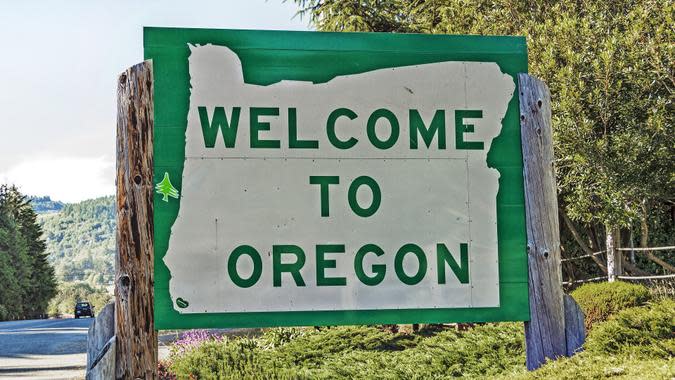
Oregon
Cost of living compared to national average: 10% higher
Cost of housing compared to national average: 22% higher
Cost of utilities compared to national average: 2% lower
Cost of food compared to national average: 5% higher
Cost of healthcare compared to national average: 3% higher
Cost of transportation compared to national average: 15% higher
Cost of goods and services compared to national average: 3% higher
For You: 20 Best Cities Where You Can Buy a House for Under $100K
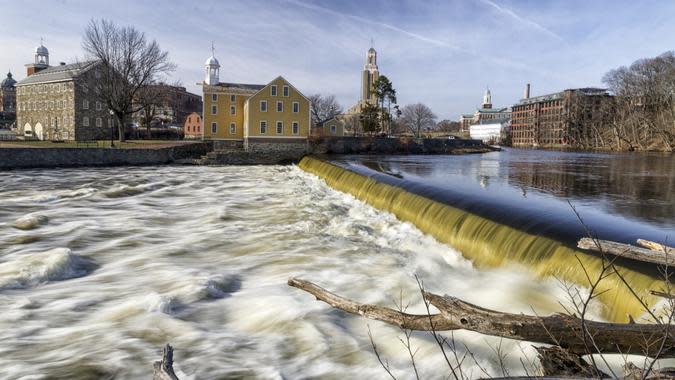
Rhode Island
Cost of living compared to national average: 13% higher
Cost of housing compared to national average: 18% higher
Cost of utilities compared to national average: 25% higher
Cost of food compared to national average: 2% lower
Cost of healthcare compared to national average: N/A
Cost of transportation compared to national average: N/A
Cost of goods and services compared to national average: N/A

Vermont
Cost of living compared to national average: 16% higher
Cost of housing compared to national average: 33% higher
Cost of utilities compared to national average: 23% higher
Cost of food compared to national average: 6% higher
Cost of healthcare compared to national average: N/A
Cost of transportation compared to national average: N/A
Cost of goods and services compared to national average: N/A

Virginia
Cost of living compared to national average: 0% (on par)
Cost of housing compared to national average: 2% higher
Cost of utilities compared to national average: 4% higher
Cost of food compared to national average: 1% lower
Cost of healthcare compared to national average: 1% higher
Cost of transportation compared to national average: 8% lower
Cost of goods and services compared to national average: 0% (on par)

Washington
Cost of living compared to national average: 17% higher
Cost of housing compared to national average: 29% higher
Cost of utilities compared to national average: 7% lower
Cost of food compared to national average: 12% higher
Cost of healthcare compared to national average: 20% higher
Cost of transportation compared to national average: 27% higher
Cost of goods and services compared to national average: 13% higher
More From GOBankingRates
7 Reasons A Financial Advisor Could Boost Your Savings in 2024
5 Signs a Balance Transfer is a Smart Move For Your Finances
This article originally appeared on GOBankingRates.com: How Much It Costs To Live in Every Blue State in the US